The 19th Rhythm & Booms rained spectacular color and bombast over Warner Park July 2, 2011.
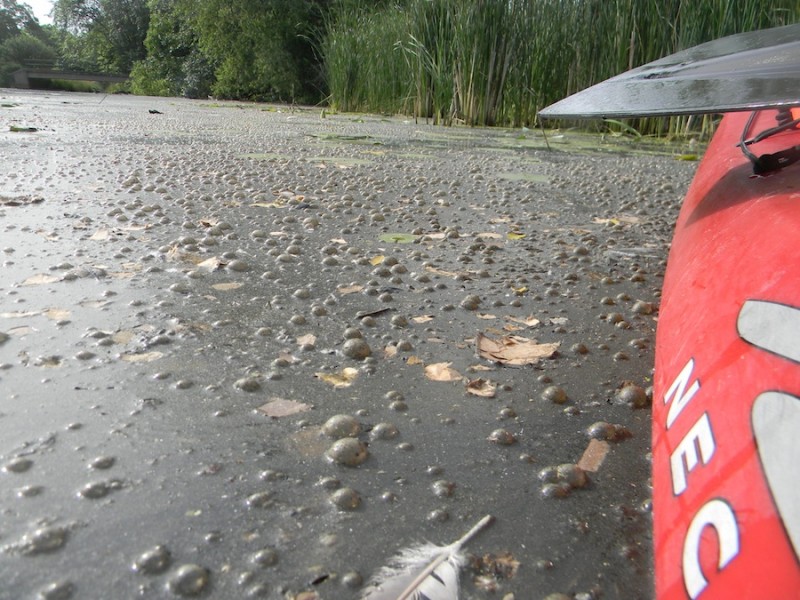
The morning after, members of Wild Warner took to the water, the marsh island and the surrounding area,to find the wetland littered with shells, wire, fuses and casings. Here are several pictures.
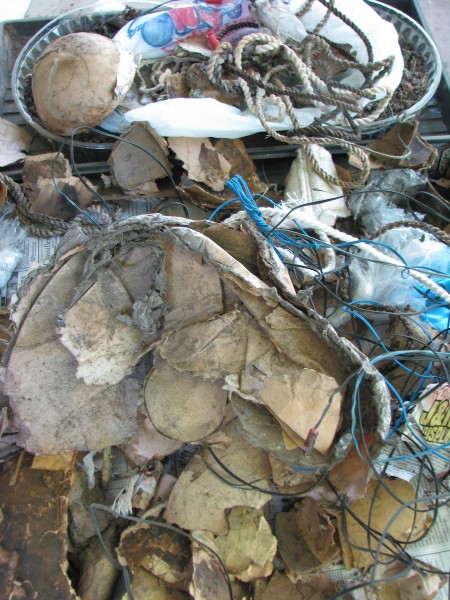
There was no way to know how much of the 13,000 shells fell into the wetland and disappeared in 10 hours before we arrived.
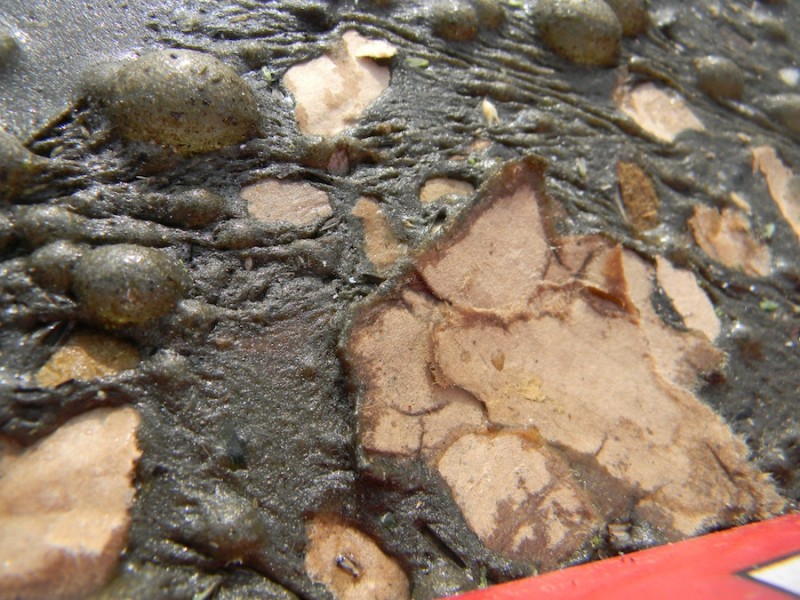
In addition, we know that fireworks deposit heavy metals — used to produce color — and perchlorate. A 2005 studies of R&B found chemicals spiking immediately after the fireworks and disappearing, “most likely into the sediment.”
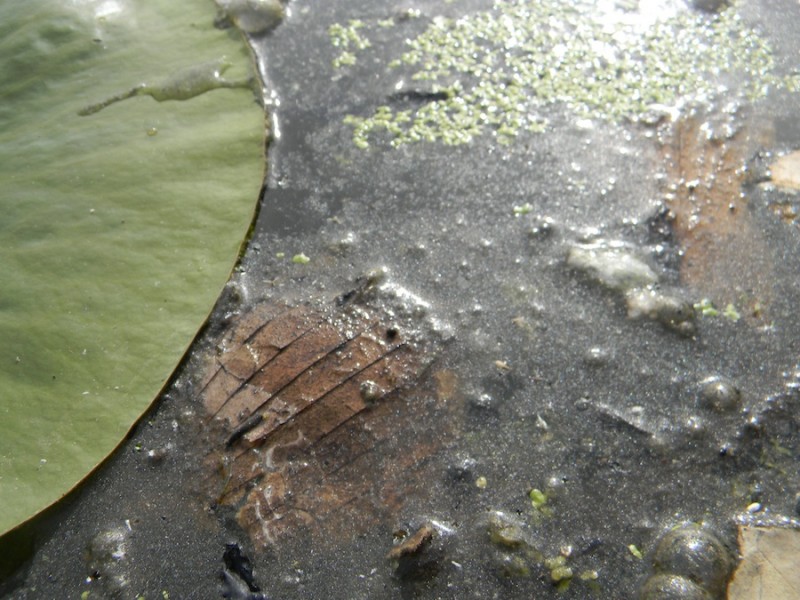
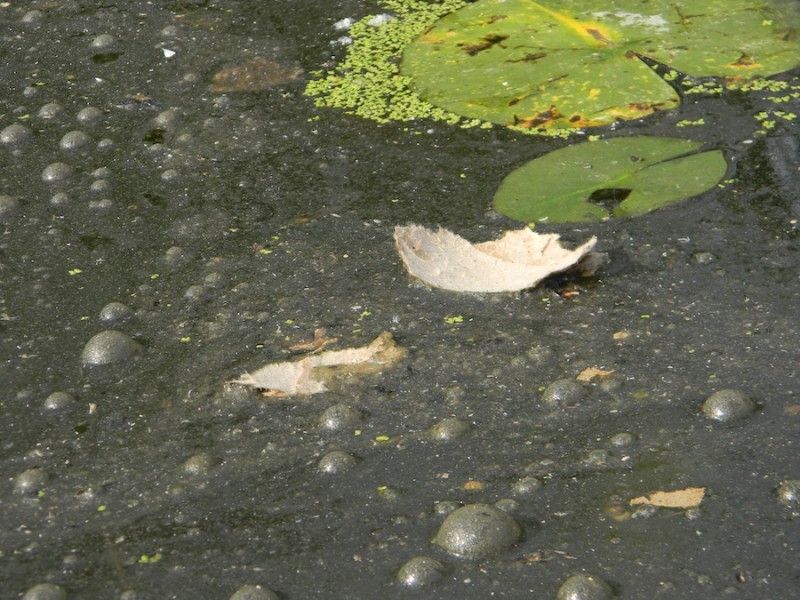
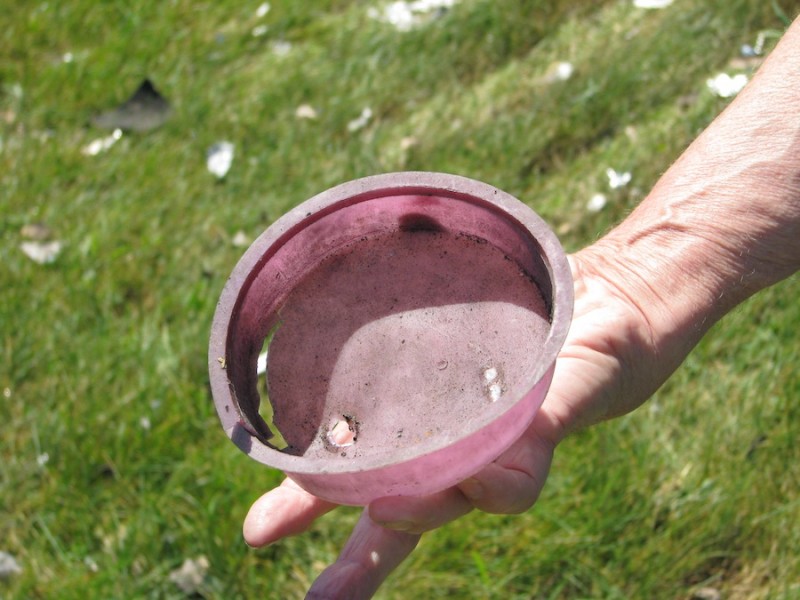
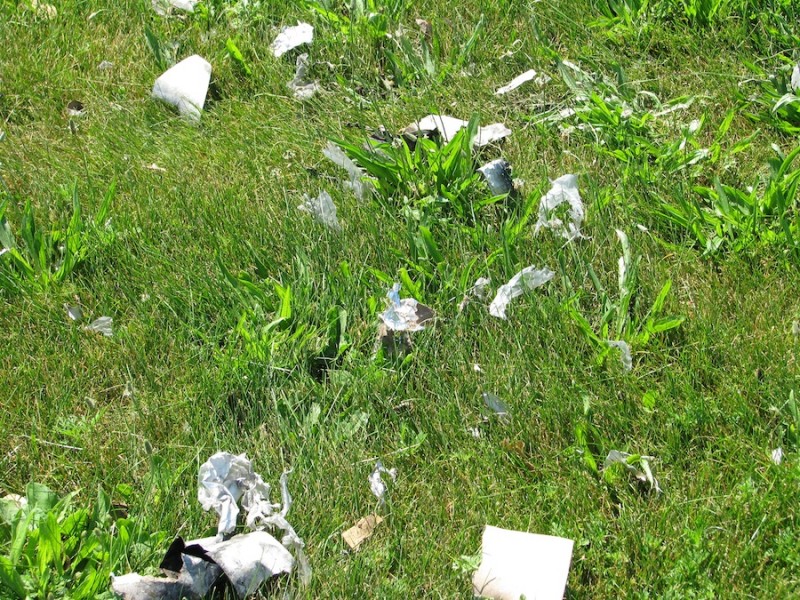
The report by the city health department concluded: “It would appear that firework displays at Warner Park do impact the water quality of the lagoon in the park…The impact of the displays is unclear. In the near term, there is no indication of or reports of distresses such as wildlife injury or death, rather just reduced water quality. Longer term, it would seem clear that the soluble metals and compounds will be flushed into Lake Mendota due to precipitation. The insoluble metal compounds will likely be bound up in the sediment in the lagoon unless disturbed by dredging or other human activities.
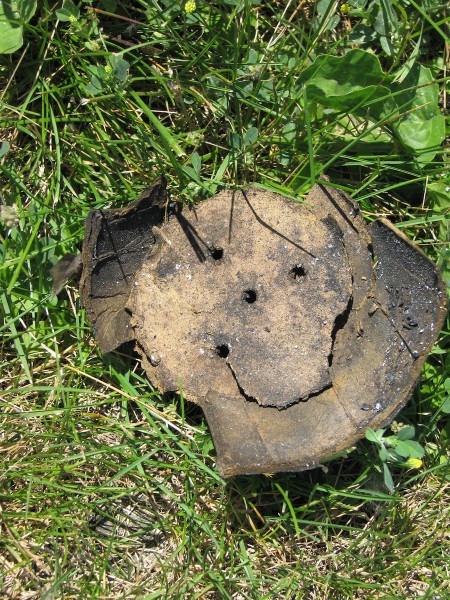
You must be logged in to post a comment.